Menu
Mentor texts are pieces of literature that are read (and re-read) in order to be understood, studied, and used as models. A good mentor text should serve many purposes.
My most favorite (and most suggested) types of mentor texts are picture books.
Picture books are short and sweet. Generally, you can get through a picture book in one sitting. That means the students stay interested and engaged. Plus, the illustrations provide visual stimulation and can even help students with context.
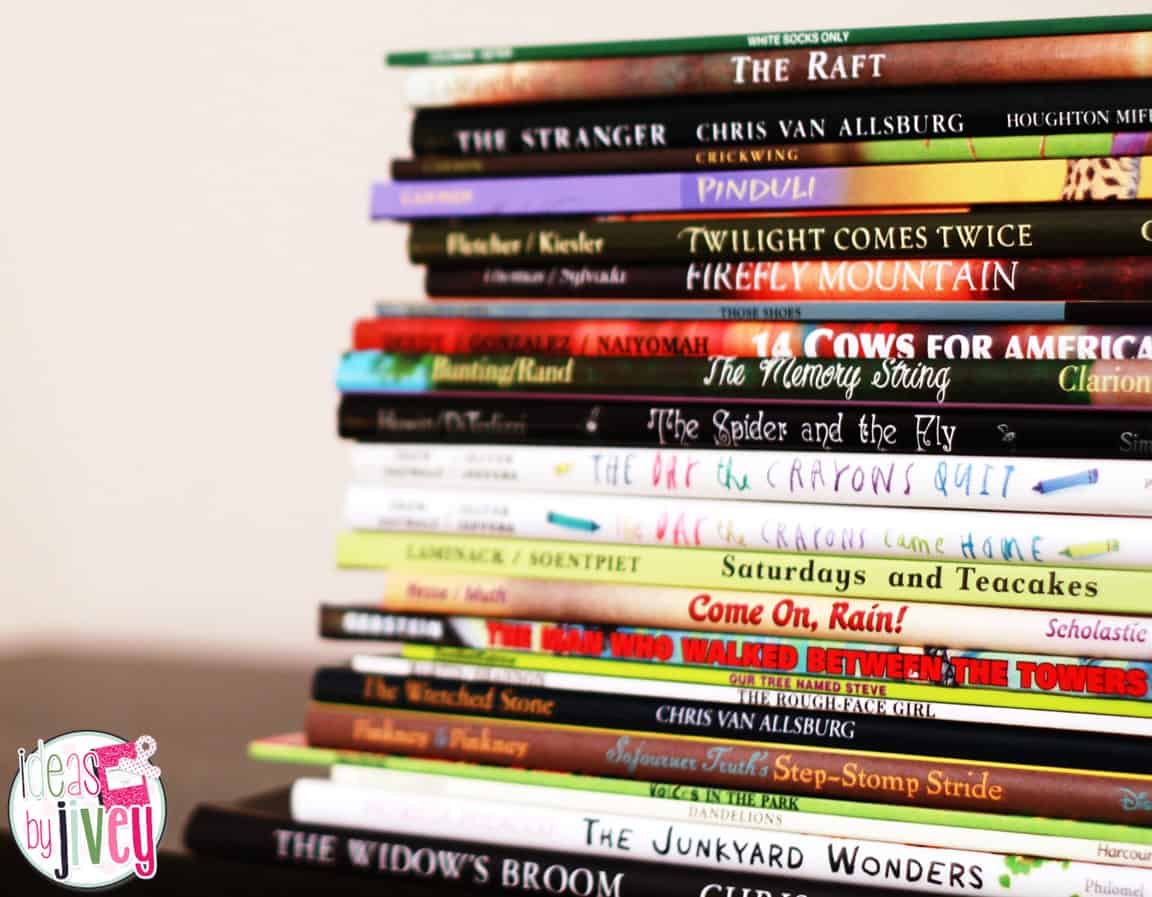
Picture books are the perfect texts to use to try out new reading strategies, connect readers to writers by identifying a variety of styles and crafts that authors use, AND use for imitation purposes in writing!
Not only can you teach reading and writing standards using mentor texts, but you can also integrate other content (social studies, science, and even math), provide life lessons and teach social/emotional strategies, and allow multicultural literature (also what is known as ‘diverse books’) to be windows, doors, and mirrors to the world. We want students to not only be able to identify with characters in a book, but also be exposed to other cultures, views, and experiences that they may not know otherwise.
Books are sometimes windows, offering views of worlds that may be real or imagined, familiar or strange. These windows are also sliding glass doors, and readers have only to walk through in imagination to become part of whatever world has been created and recreated by the author. When lighting conditions are just right, however, a window can also be a mirror. Literature transforms human experience and reflects it back to us, and in that reflection we can see our own lives and experiences as part of the larger human experience. Reading, then, becomes a means of self-affirmation, and readers often seek their mirrors in books. ~Rudine Sims Bishop
Picture books can be combined with poems, articles, and other media to help students display learning from a variety of sources.
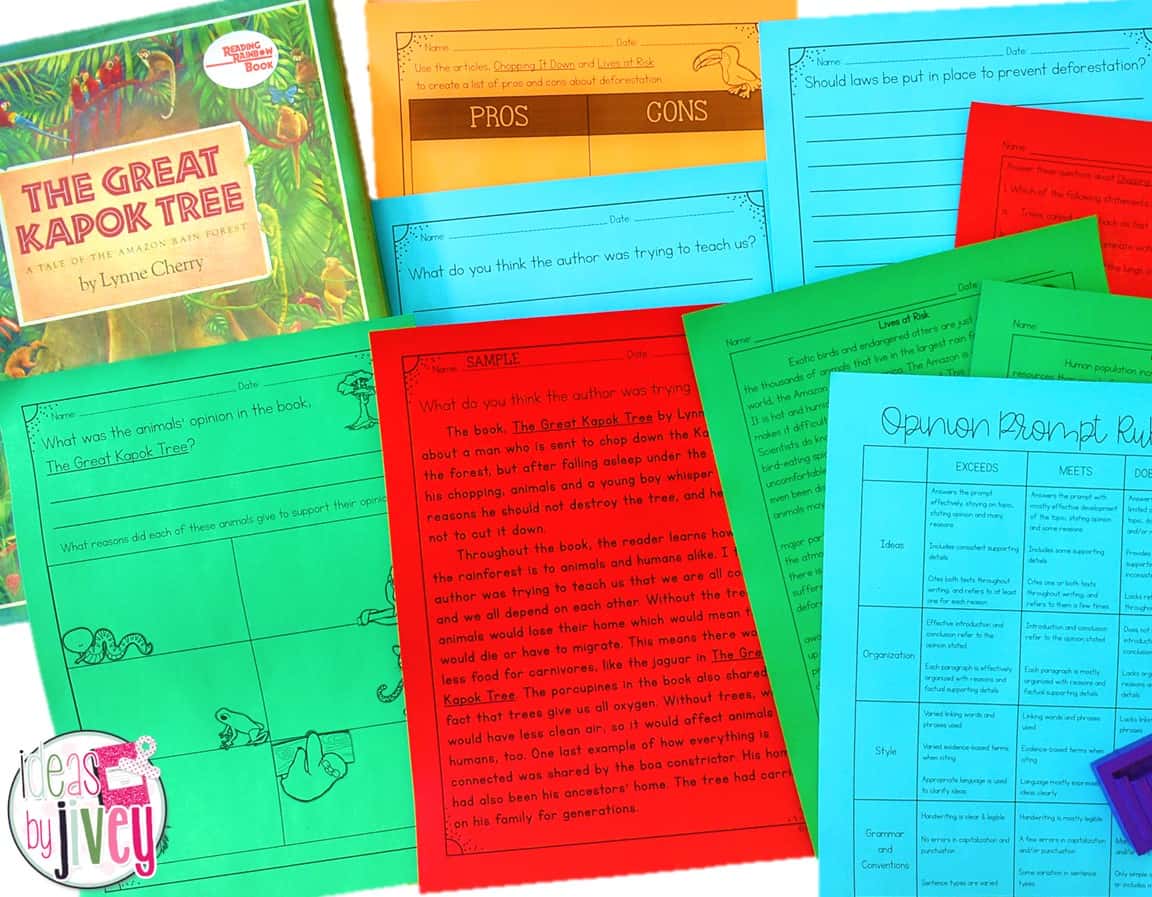
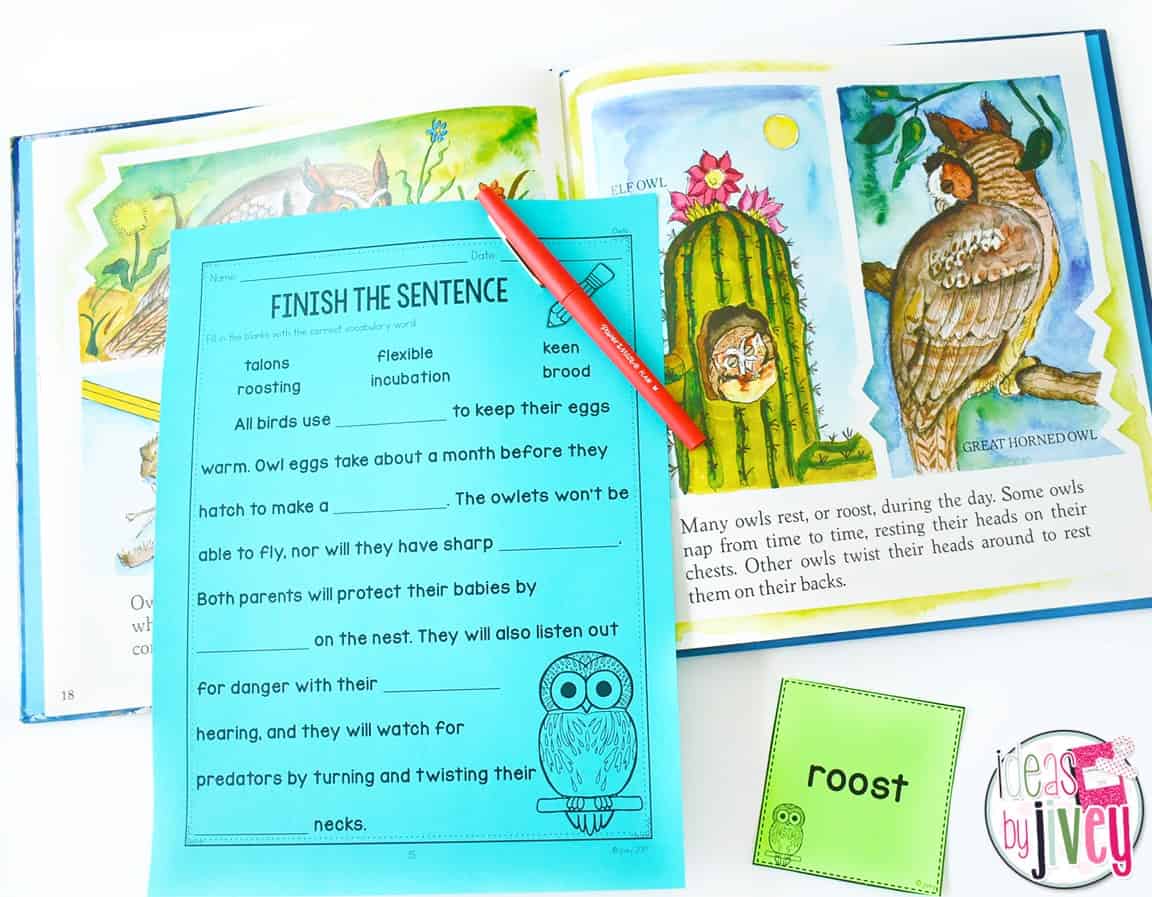
Along with picture books (fiction and nonfiction), some other examples of great mentor texts are articles, poems, short stories, and a chapter or section from novels. (An entire novel would essentially be made up of MANY mentor texts because remember, a mentor text should be shorter and easily re-read to apply multiple techniques and strategies.)
A mentor text should first be a book that YOU LIKE. If you don’t like the book, that emotion will certainly come through in your reading.
Choose texts that reflect the students in your classroom when possible, so that they can see themselves in the books you read.
Maximize your teaching time by choosing books that also relate to the content you are teaching in other subjects.
Since mentor texts can be used for multiple lessons, strategies, and subjects, it’s important to look at the book through different lenses. This means reading the book a few times with a different rhetorical pair of glasses each time.
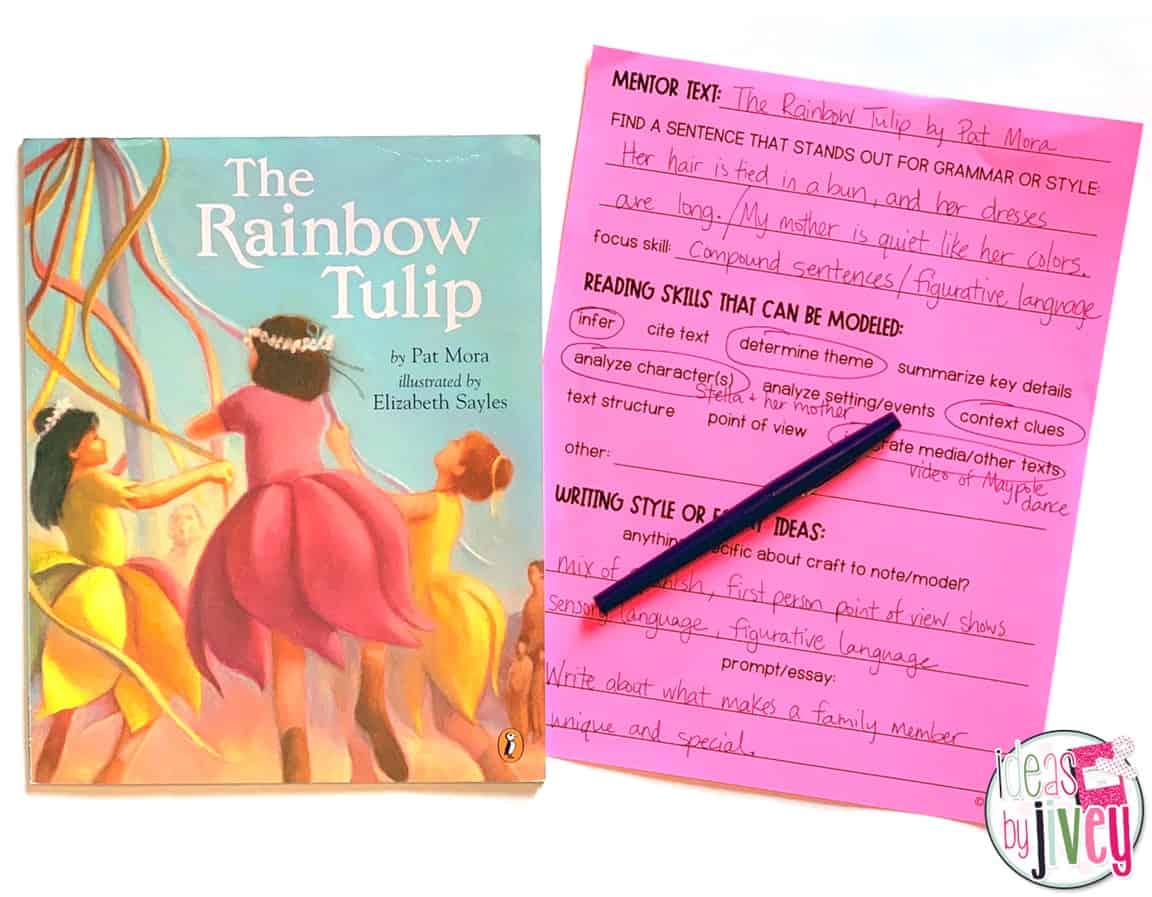
For me, the first time I read a mentor text, I allow a mentor sentence to hop off the pages at me. This is a sentence with amazing style, language, or a specific grammar skill that really stands out. This sentence can then be studied, analyzed, and imitated over the course of the week in order to help students carry that style or structure over into their writing. Visit this page for even more information about using mentor sentences in the classroom!
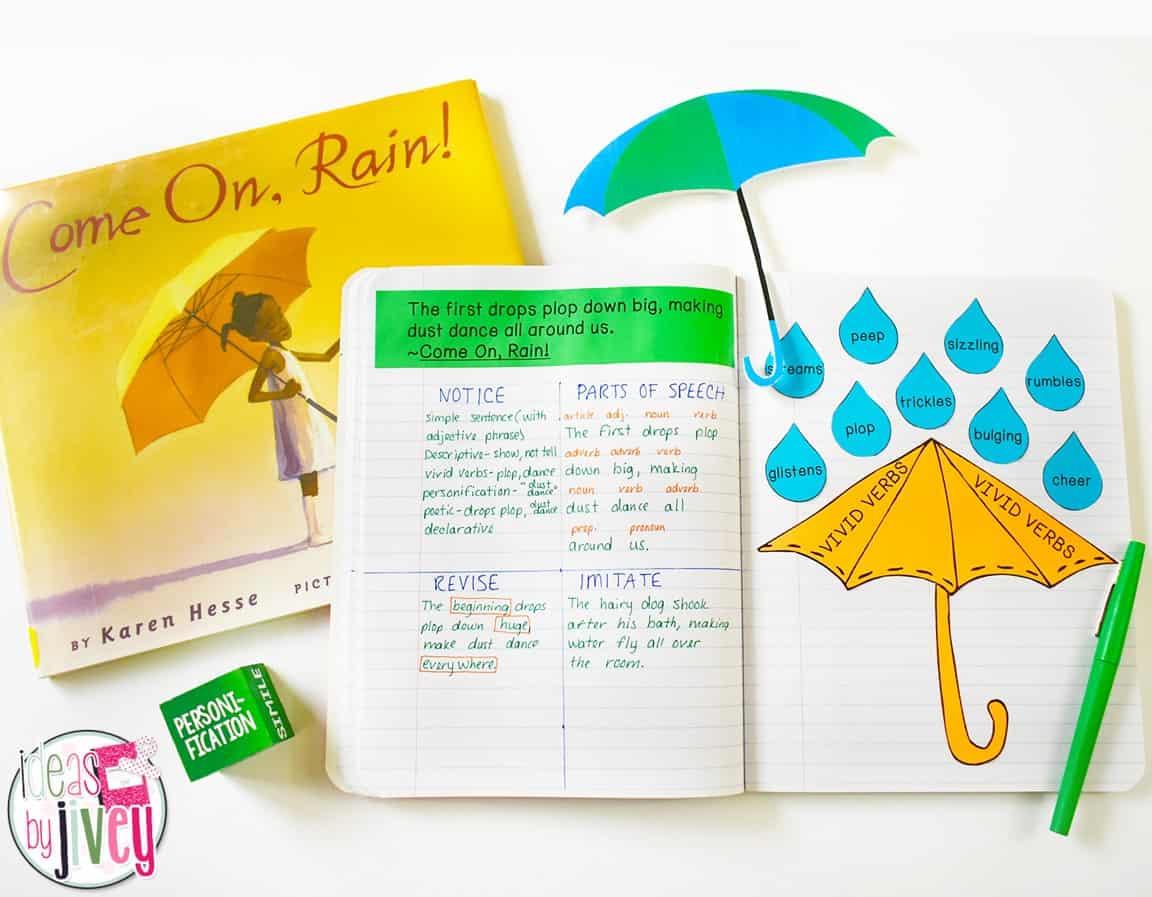
Next, I reflect on the story as a whole and re-read with “reading teacher glasses” on. Sometimes, there are specific standards you know you need to work on, so you may review the story with those in mind. Sometimes, a strategy or standard is very obvious; for instance, a book with a strong character would make for a good mentor text to teach character development.
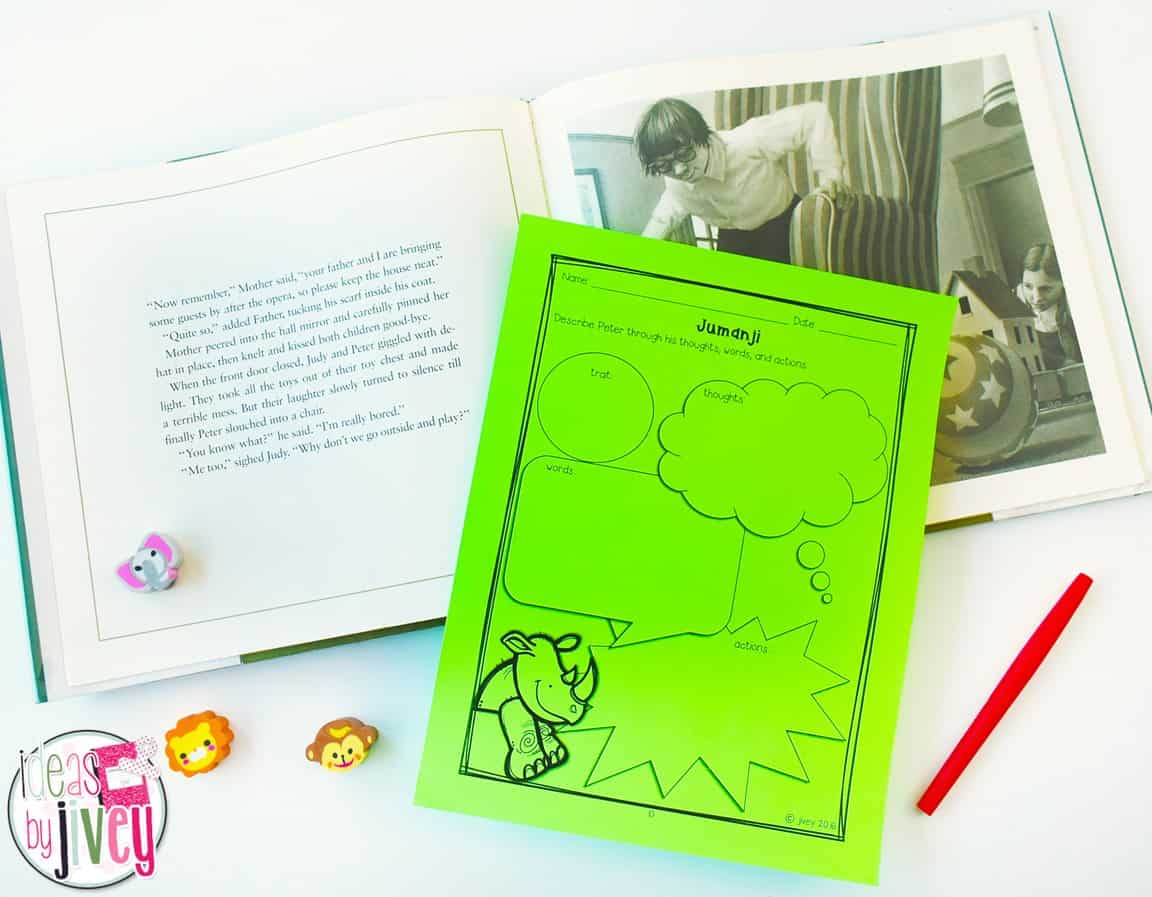
There are some skills that you can review with just about every book, such as inferring, summarizing, theme, point of view, to name a few.
*IMPORTANT* Just because a book can be used for many skills doesn’t mean you should cram them all in! Pick one or two per subject and dive deeper into those with each book over the course of a week or two rather than skimming the surface of several skills.
Last, I hone in on the author’s craft, organization, and text type with my “writing teacher glasses” on. How is the book modeling good writing for students that they should practice and imitate? Did the author use a great introduction to grab your attention? Did she use a good bit of figurative language? Was the text a good example of a memoir? Additionally, does the topic of the text lead to a good writing prompt for students to respond, or write their own piece?
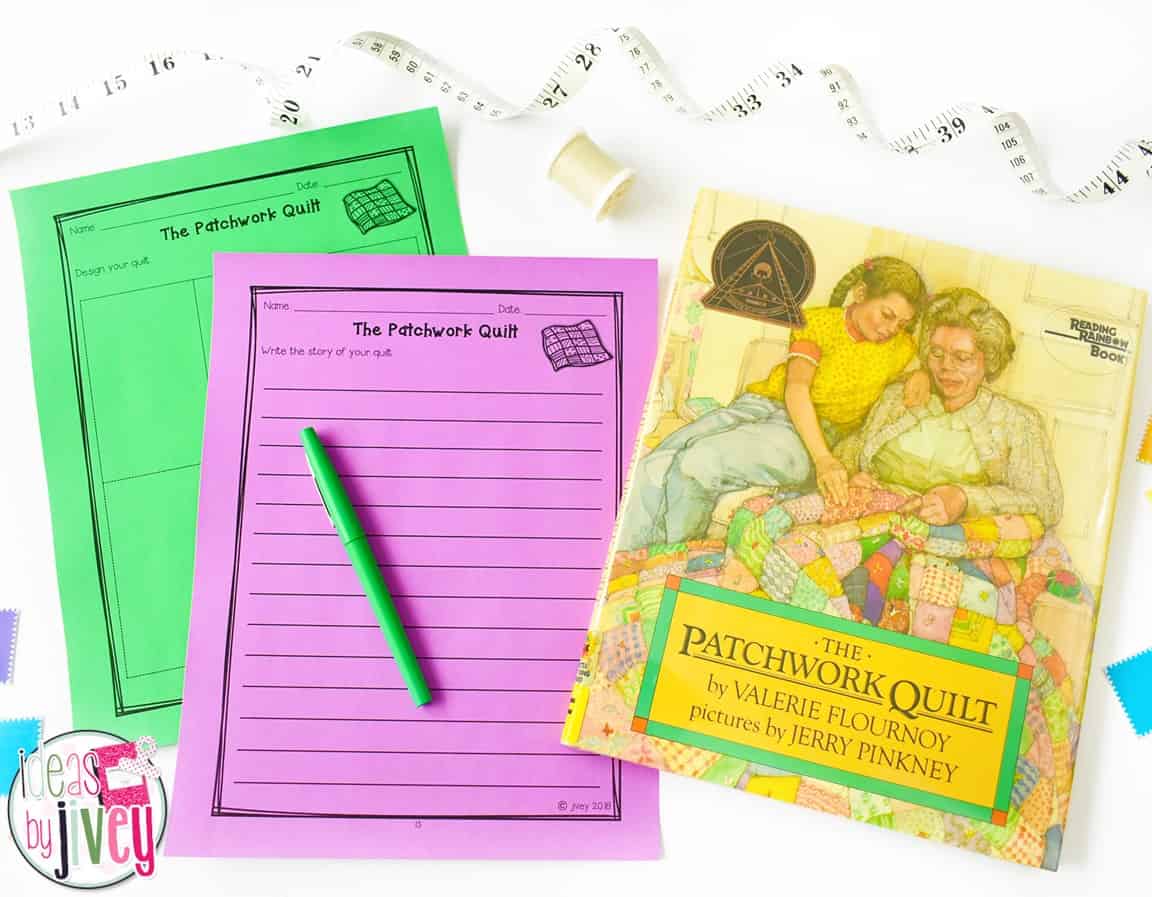
Also, keep in mind the ways you can integrate media with mentor texts- present content in various ways through video, infographics, and songs, and allow students to identify what they are able to learn in these formats that they didn’t (or couldn’t) in the mentor text.
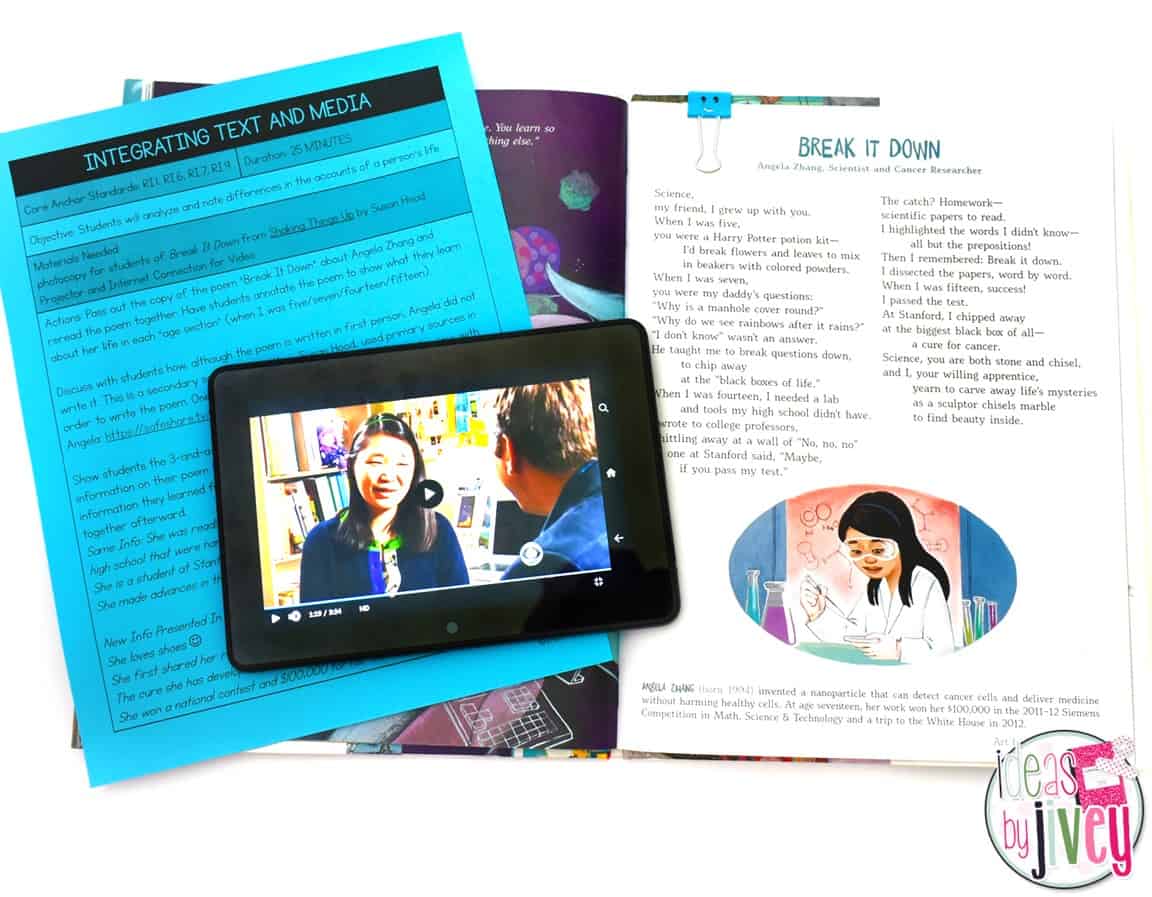
No matter what type of mentor text you are using, I encourage teachers to use their mentor texts in mini-lessons with their students. I prefer the “I Do, We Do, You Do” mini-lesson model, also called “gradual release” or “scaffolding.” It prevents a lesson from being a lecture and moves the responsibility from the teacher to the students.
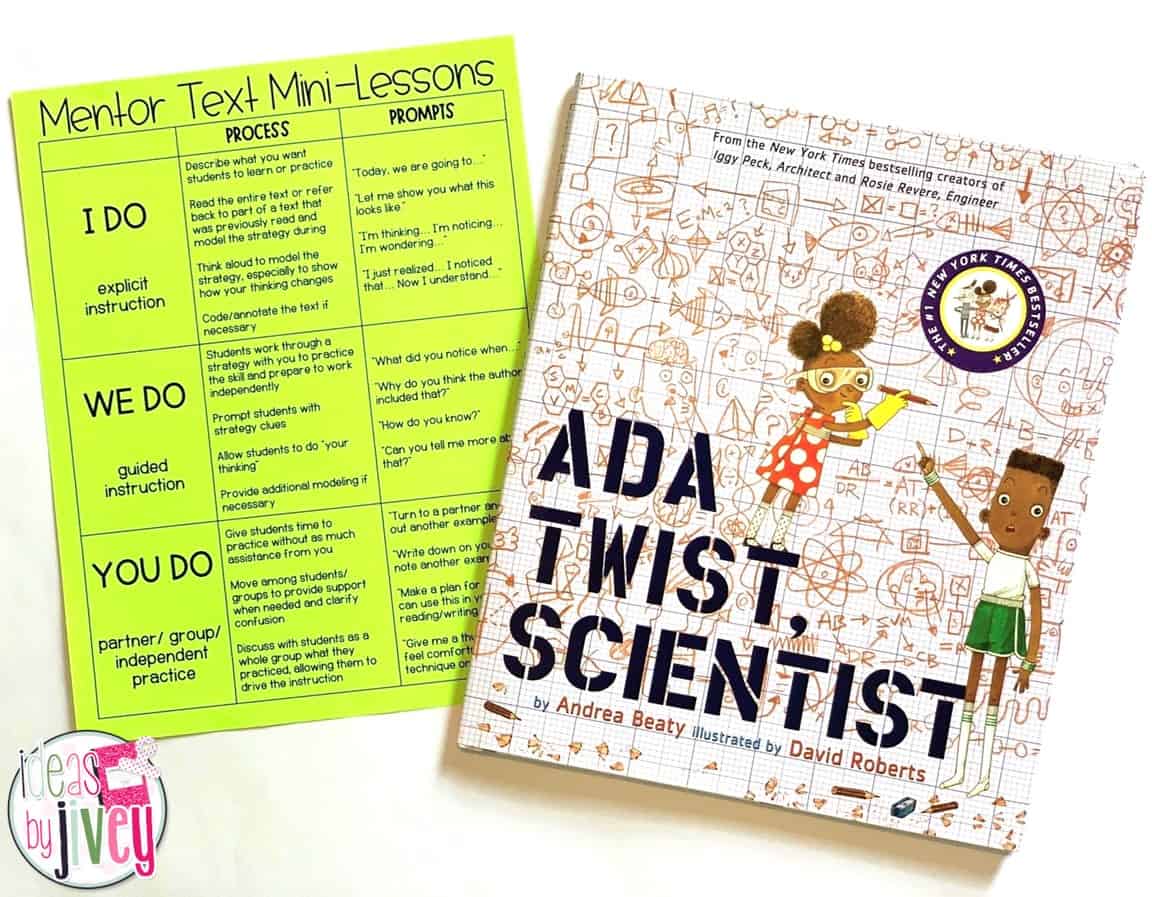
When possible, I suggest reading the entire mentor text aloud for the “first read” without doing any stopping or modeling. Students will be able to enjoy the text as well as get a better grasp of the book without interruption. Then, simply refer back to a part or parts of the text that assist your lesson covering skills such as point of view or perspective, theme, character and setting, and so on.
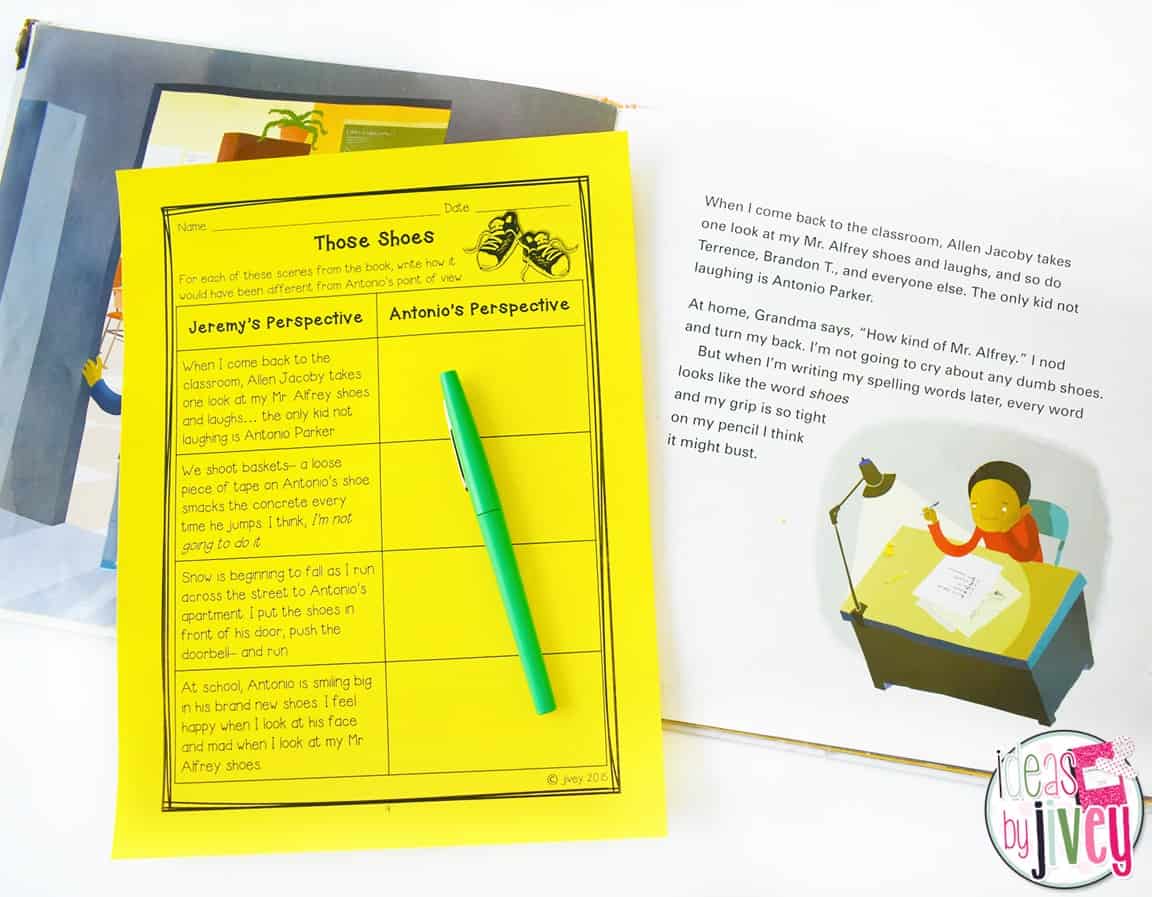
But of course, it isn’t always conducive to your lessons to read the entire book without stopping. Sometimes, it is beneficial to give students a task during the first read, or for you to do a think-aloud and model a skill during the first read. For example, maybe you want students to pay attention to figurative language used through the whole story, or perhaps you are modeling how to use context clues to determine the meaning of a word, or maybe your strategy requires you to do think-alouds to show synthesizing, or change over time. These would be times when you might have students take notes or when you work through an organizer together as you read.
During the “I Do” part of your lesson, you’ll want to model a strategy or technique by doing think-alouds and/or working through part of an organizer. Use consistent language to name the strategy or technique as you model for them.
During the “We Do” part of your lesson, the students should work alongside you with prompts and clues from you. Allow them to do the thinking for you, but provide support and ask questions that help them understand their own processes.
Finally, the “You Do” time means students are practicing without assistance from you (except if you need to clarify some confusion). The students could work independently, or if the strategy is still new to them, I suggest partnering students or having them work in groups to discuss their thoughts.
It’s always important to come back together whole group, even if all of the students were successful in the “You Do” time, in order to review the strategy one more time and help students make a plan for how they will use this in their own reading and writing. Application will not occur without guiding students to think about HOW they can do it… and yes, sometimes that means requiring them to do it as proof.
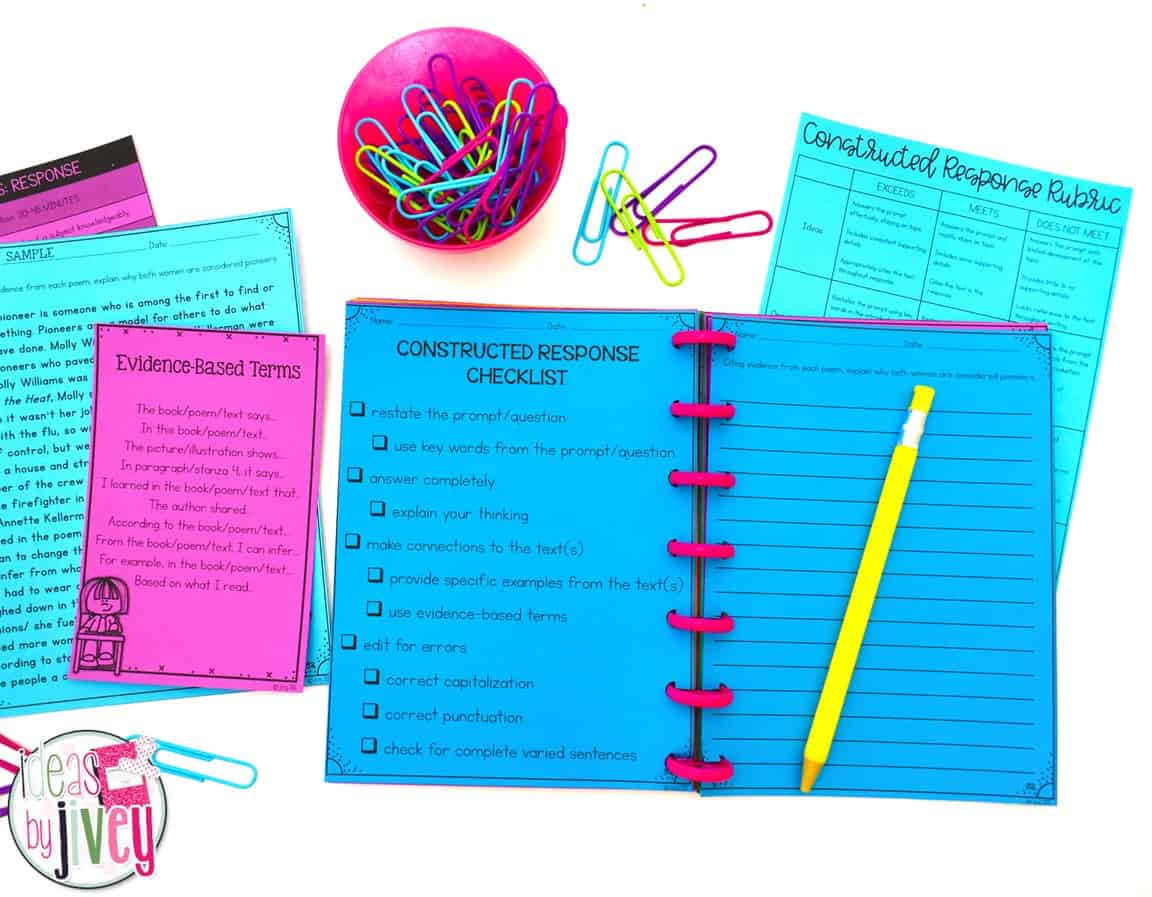
Check out the video below to see me model a mini-lesson using Ada Twist, Scientist as the mentor text!
You can get the lesson and activities I share in this video for free!
Need the book? Get the mentor text, Ada Twist, Scientist by Andrea Beaty!
(Amazon affiliate link, which doesn’t cost you anything extra and I get a couple pennies for suggesting it to you!)
I would love to help you incorporate mentor texts in your classroom! Download the free guide for mentor text mini-lessons now, and get this rolling in your own classroom!
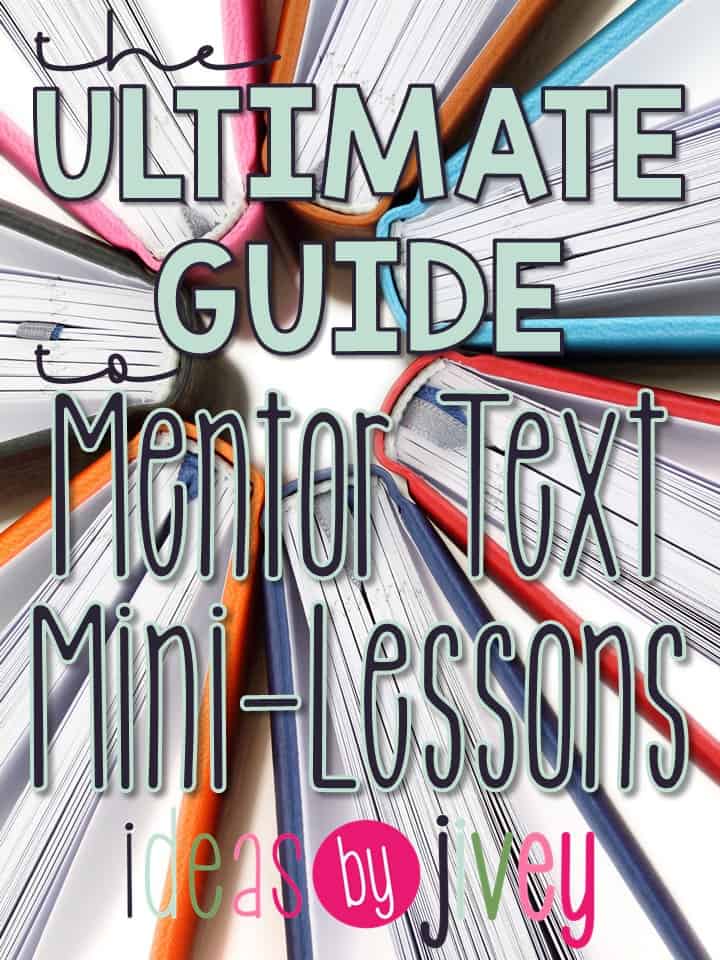
Download The Free Guide
Transform your teaching with mentor texts using this free mini-lesson guide! Enter your information below, and it will be delivered to your inbox: